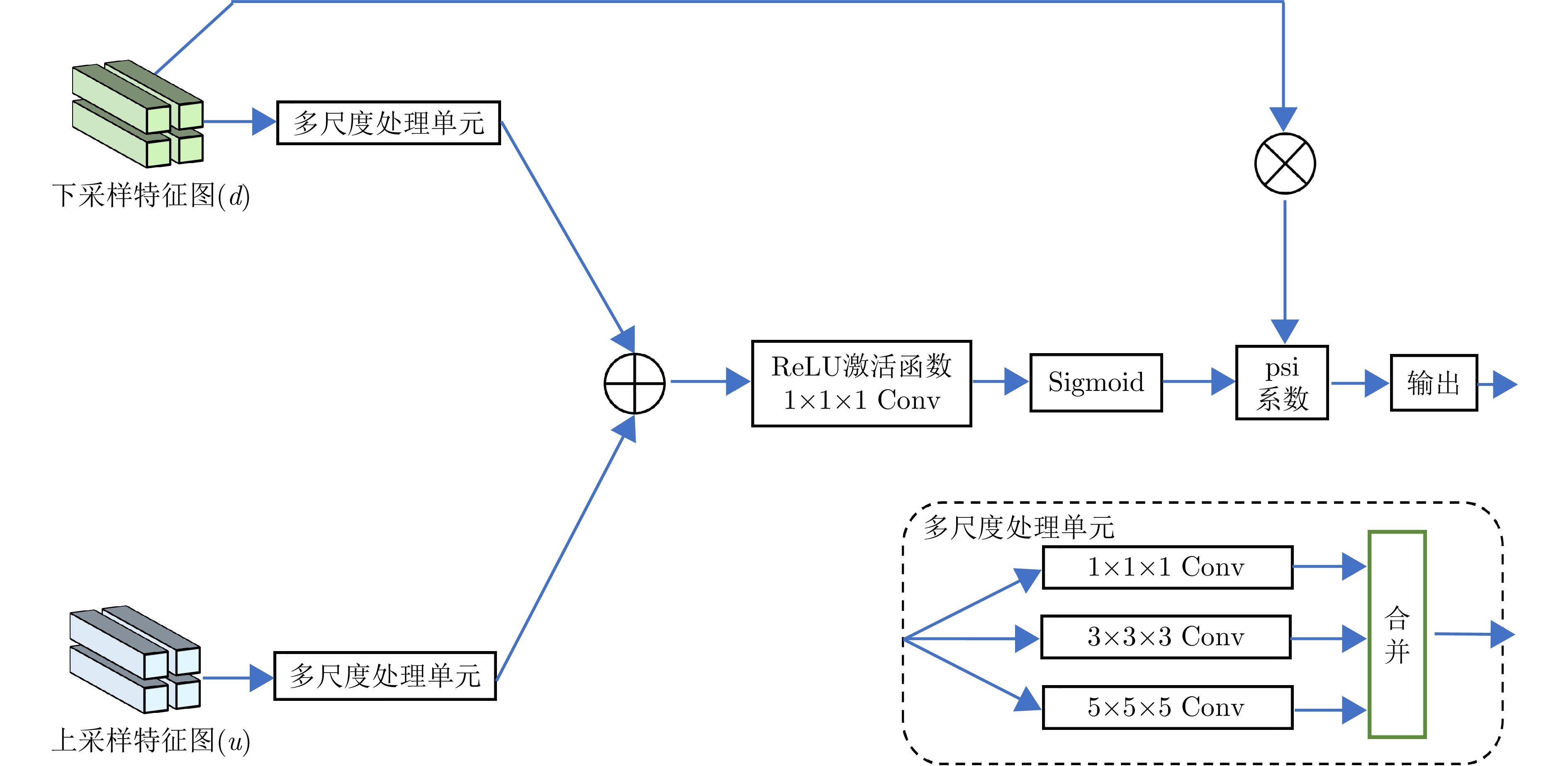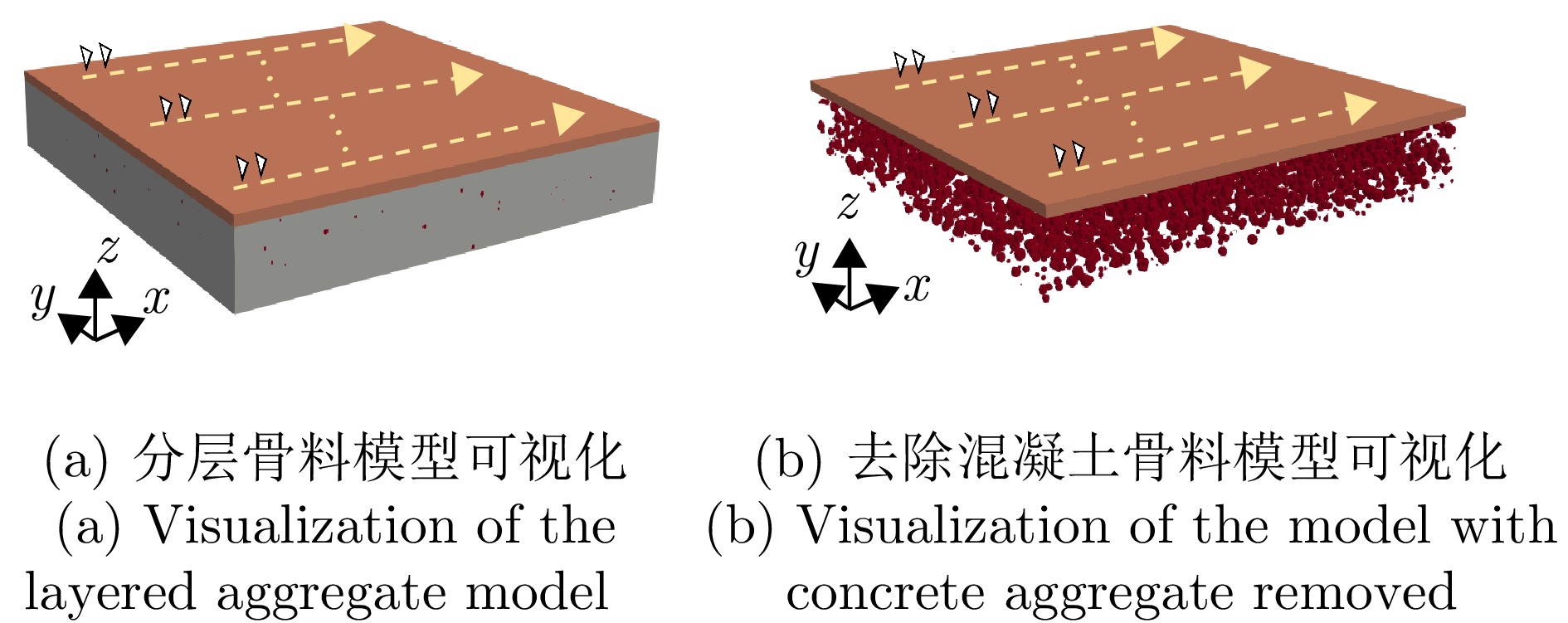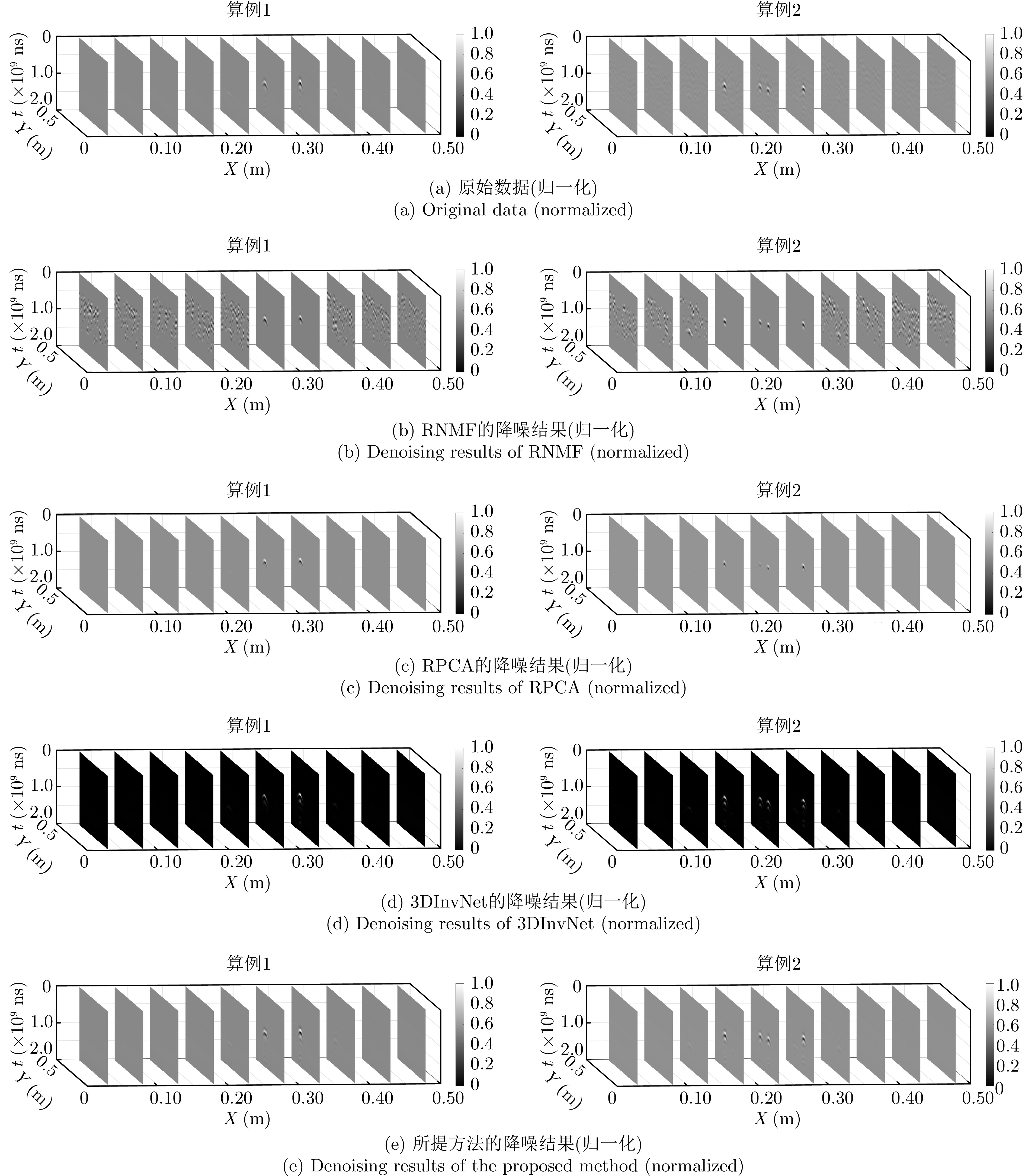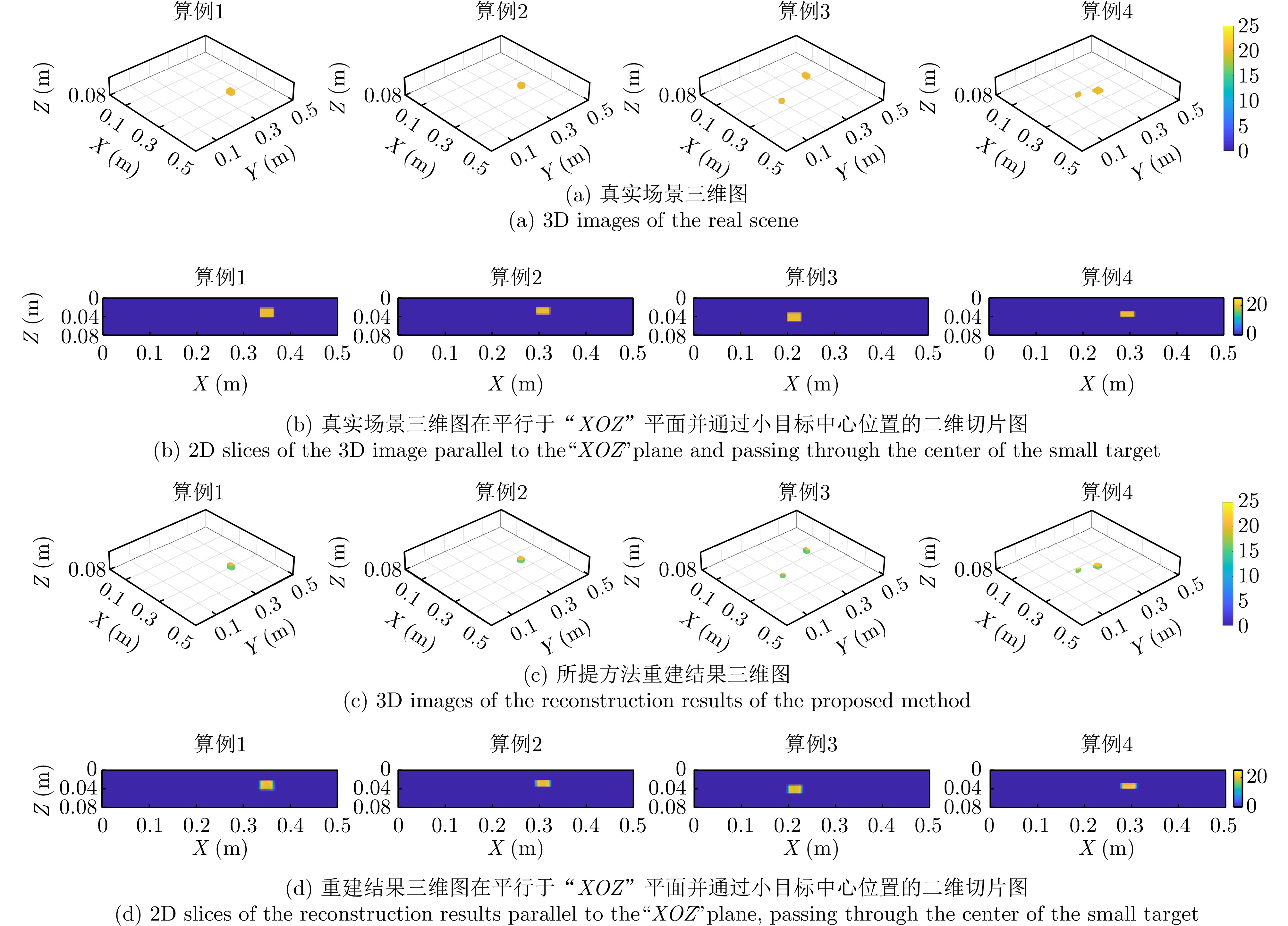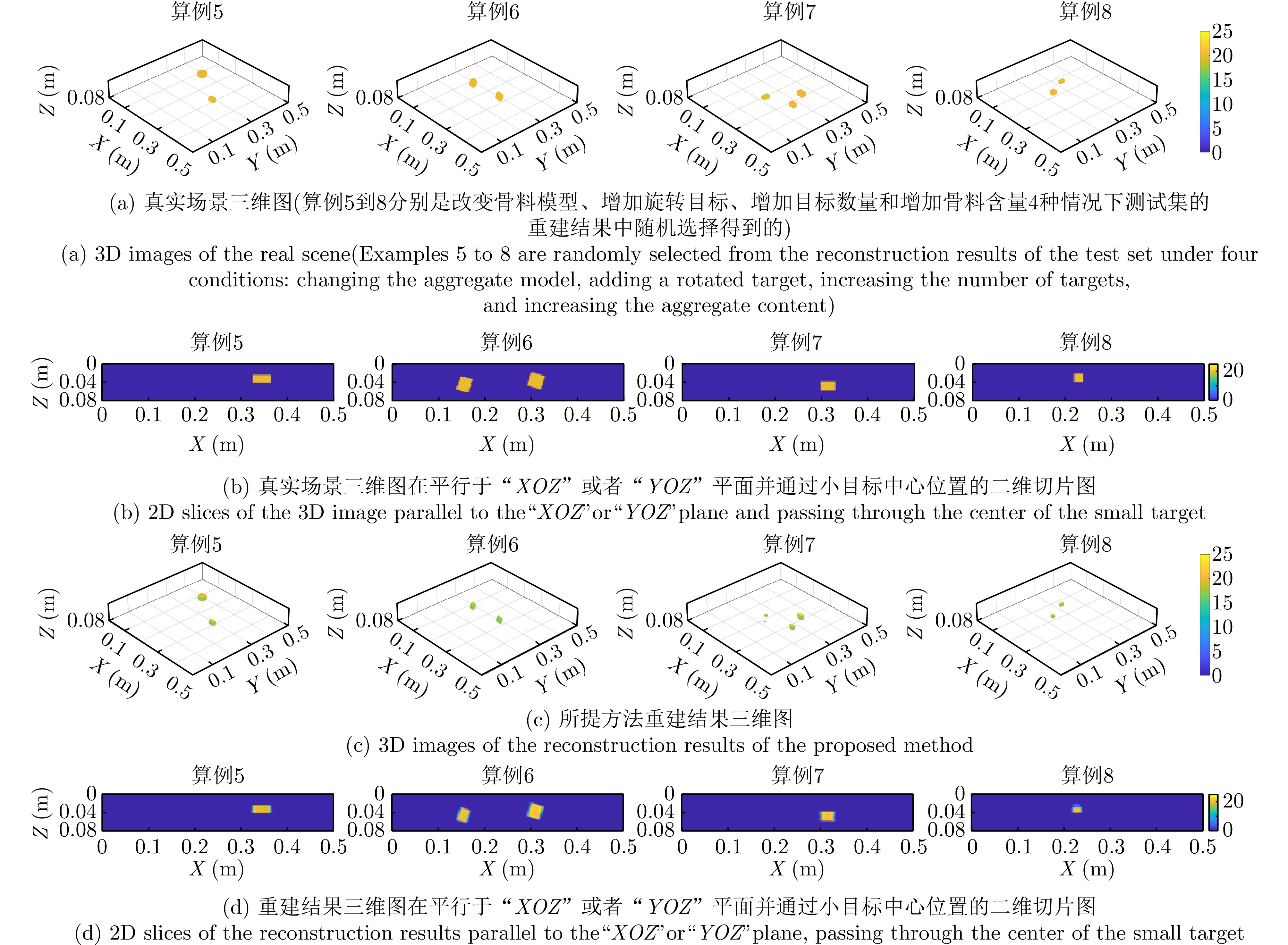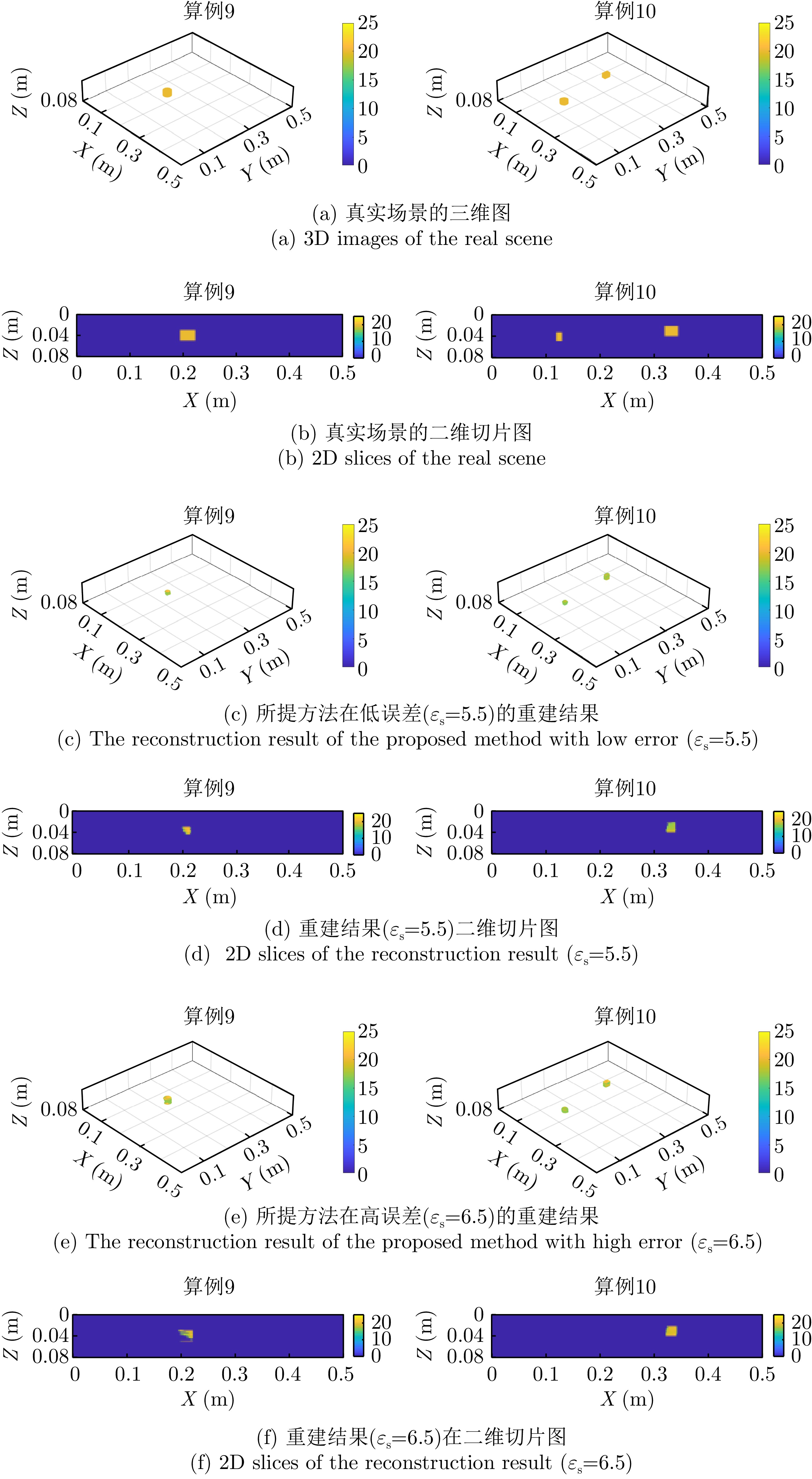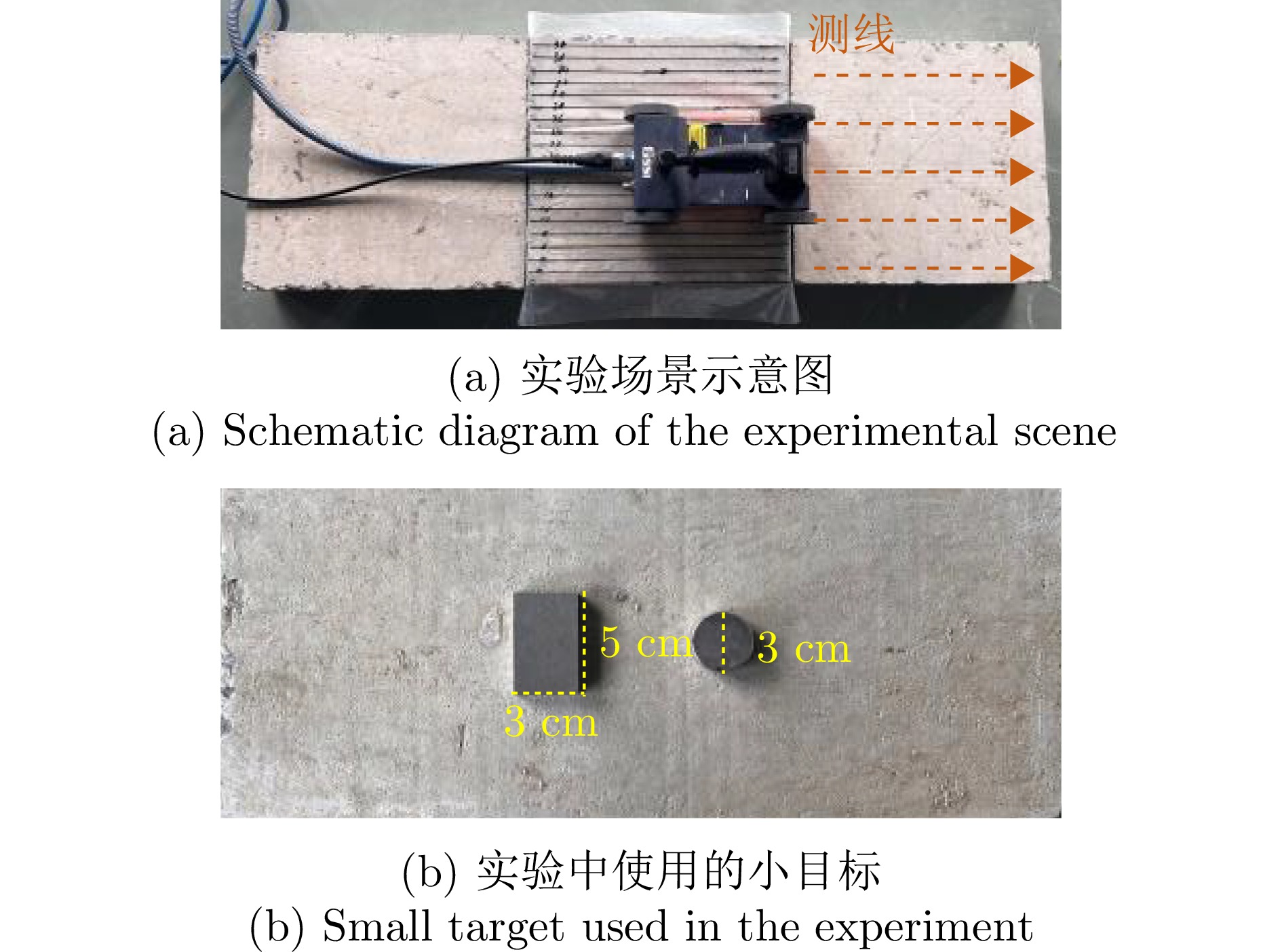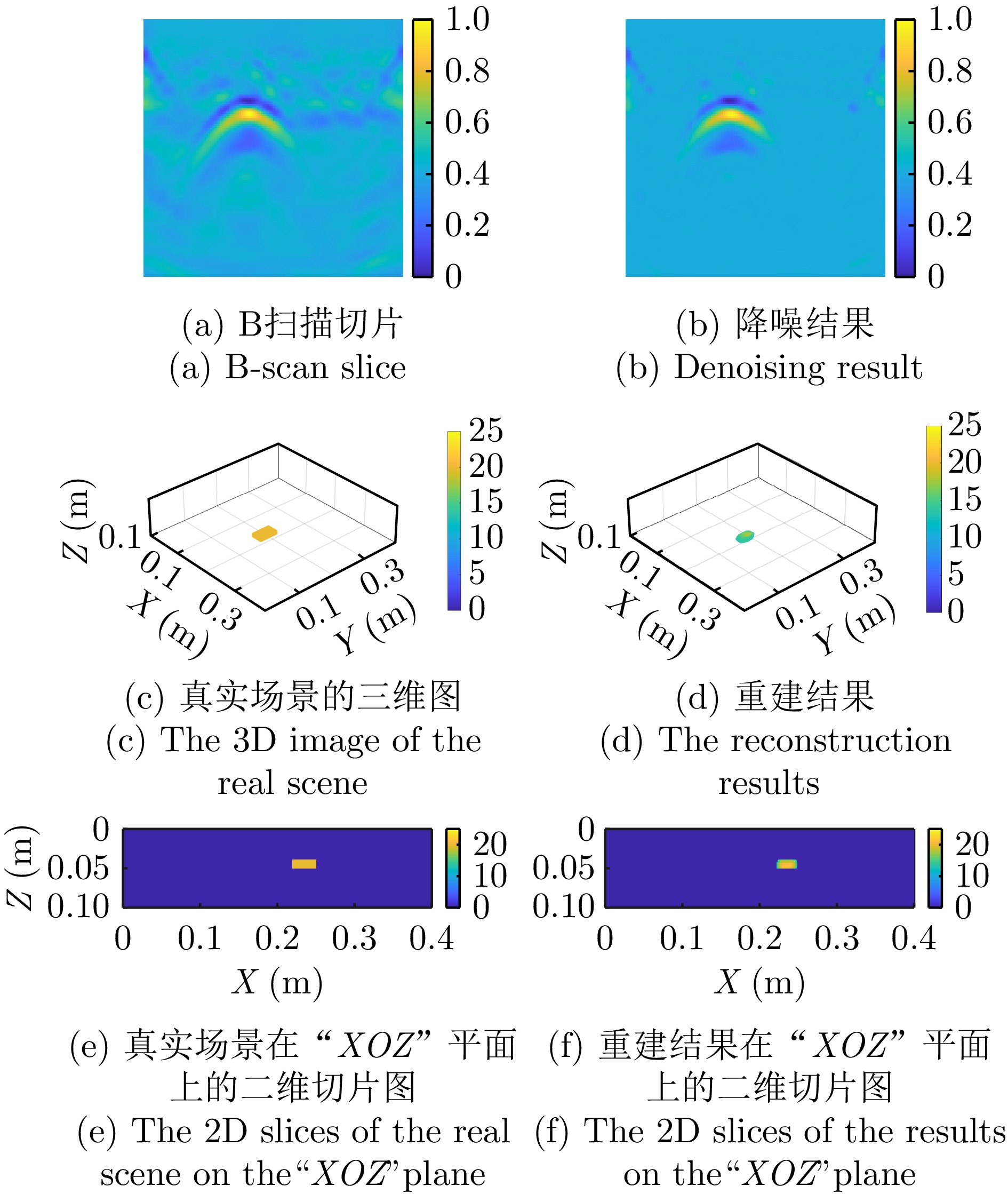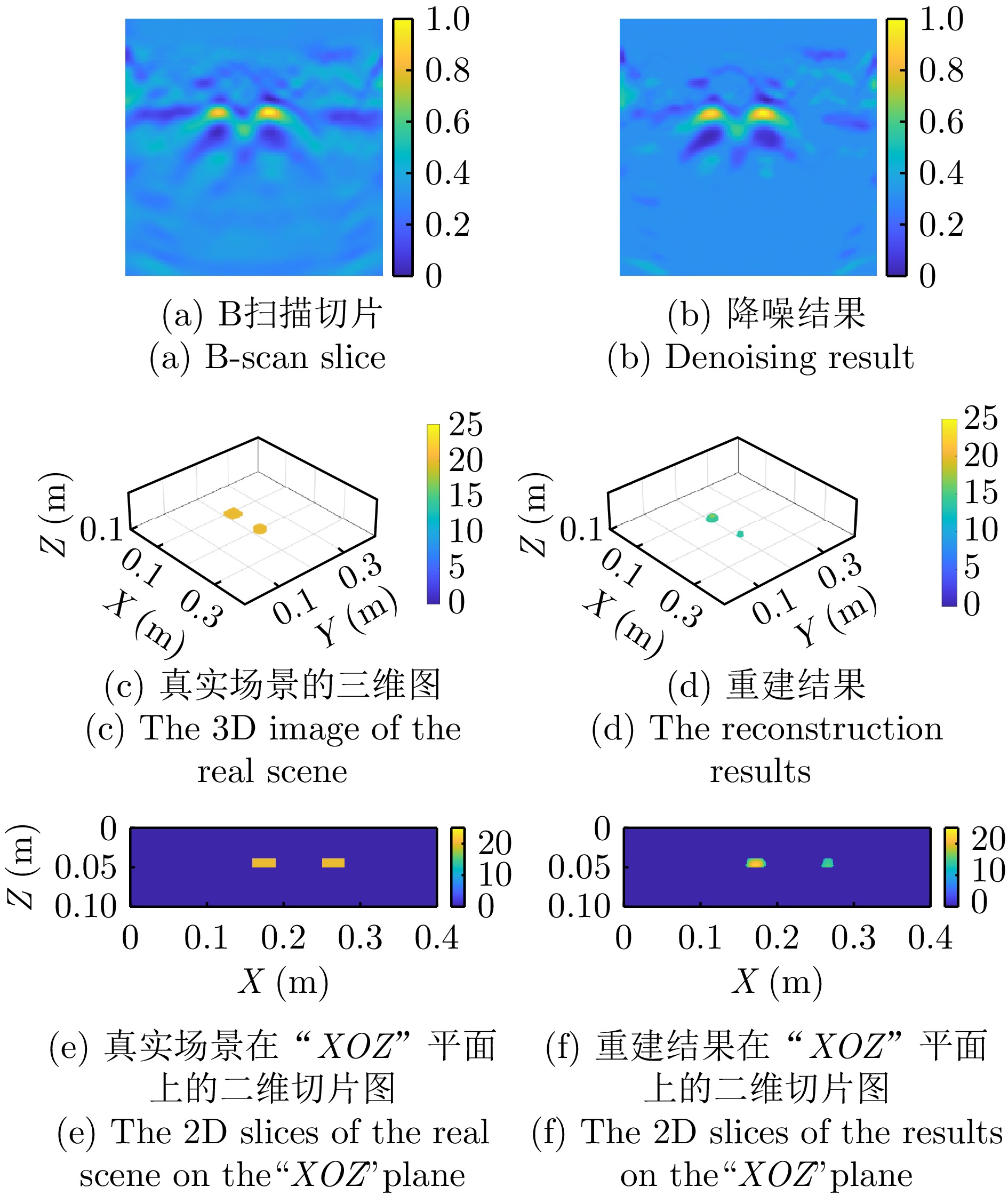| [1] |
ZHANG Ju, HU Qingwu, ZHOU Yemei, et al. A multi-level robust positioning method for three-dimensional ground penetrating radar (3D GPR) road underground imaging in dense urban areas[J]. Remote Sensing, 2024, 16(9): 1559. doi: 10.3390/rs16091559. |
| [2] |
DANIELS D J. A review of GPR for landmine detection[J]. Sensing and Imaging: An International Journal, 2006, 7(3): 90–123. doi: 10.1007/s11220-006-0024-5. |
| [3] |
XUE Fangxiu, ZHANG Xiaowei, WANG Zepeng, et al. Analysis of imaging internal defects in living trees on irregular contours of tree trunks using ground-penetrating radar[J]. Forests, 2021, 12(8): 1012. doi: 10.3390/f12081012. |
| [4] |
ZHOU Huawei, HU Hao, ZOU Zhihui, et al. Reverse time migration: A prospect of seismic imaging methodology[J]. Earth-Science Reviews, 2018, 179: 207–227. doi: 10.1016/j.earscirev.2018.02.008. |
| [5] |
ZOU Lilong, WANG Yan, GIANNAKIS I, et al. Mapping and assessment of tree roots using ground penetrating radar with low-cost GPS[J]. Remote Sensing, 2020, 12(8): 1300. doi: 10.3390/rs12081300. |
| [6] |
WEN Jian, LI Zhaoxi, and XIAO Jiang. Noise removal in tree radar B-scan images based on shearlet[J]. Wood Research, 2020, 65(1): 1–12. doi: 10.37763/wr.1336-4561/65.1.001012. |
| [7] |
FENG Deshan, DING Siyuan, WANG Xun, et al. Wavefield reconstruction inversion of GPR data for permittivity and conductivity models in the frequency domain based on modified total variation regularization[J]. IEEE Transactions on Geoscience and Remote Sensing, 2022, 60: 5903314. doi: 10.1109/TGRS.2021.3077476. |
| [8] |
KLOTZSCHE A, VEREECKEN H, and VAN DER KRUK J. Review of crosshole ground-penetrating radar full-waveform inversion of experimental data: Recent developments, challenges, and pitfalls[J]. Geophysics, 2019, 84(6): H13–H28. doi: 10.1190/geo2018-0597.1. |
| [9] |
LIU Yuxin, FENG Deshan, XIAO Yougan, et al. Full-waveform inversion of multifrequency GPR data using a multiscale approach based on deep learning[J]. IEEE Transactions on Geoscience and Remote Sensing, 2024, 60: 5910212. doi: 10.1109/TGRS.2024.3382331. |
| [10] |
FENG Deshan, LI Bingchao, WANG Xun, et al. An efficient dual-parameter full waveform inversion for GPR data using data encoding[J]. IEEE Transactions on Geoscience and Remote Sensing, 2023, 61: 5920011. doi: 10.1109/TGRS.2023.3321059. |
| [11] |
雷林林, 刘四新, 傅磊, 等. 基于全波形反演的探地雷达数据逆时偏移成像[J]. 地球物理学报, 2015, 58(9): 3346–3355. doi: 10.6038/cjg20150927. LEI Linlin, LIU Sixin, FU Lei, et al. Reverse time migration applied to GPR data based on full wave inversion[J]. Chinese Journal of Geophysics, 2015, 58(9): 3346–3355. doi: 10.6038/cjg20150927. |
| [12] |
WANG Xun and FENG Deshan. Multiparameter full-waveform inversion of 3-D on-ground GPR with a modified total variation regularization scheme[J]. IEEE Geoscience and Remote Sensing Letters, 2021, 18(3): 466–470. doi: 10.1109/LGRS.2020.2976146. |
| [13] |
GUO Yundong, MENG Fanbing, QIN Guangsheng, et al. 3D multi-scale full waveform inversion based on the dynamic plane-wave encoding method[J]. Geophysical Prospecting for Petroleum, 2022, 61(4): 616–624. doi: 10.3969/j.issn.1000-1441.2022.04.005. |
| [14] |
DENG Jian, RENDERS J, MEENAKETAN B L P, et al. Imaging algorithm and optimal measurement protocol for 3-D impedance tomography on 2-D high-density microelectrode array[J]. IEEE Sensors Journal, 2024, 24(15): 24452–24465. doi: 10.1109/JSEN.2024.3417289. |
| [15] |
LI Shucai, LIU Bin, REN Yuxiao, et al. Deep-learning inversion of seismic data[J]. IEEE Transactions on Geoscience and Remote Sensing, 2020, 58(3): 2135–2149. doi: 10.1109/TGRS.2019.2953473. |
| [16] |
LIU Bin, REN Yuxiao, LIU Hanchi, et al. GPRInvNet: Deep learning-based ground-penetrating radar data inversion for tunnel linings[J]. IEEE Transactions on Geoscience and Remote Sensing, 2021, 59(10): 8305–8325. doi: 10.1109/TGRS.2020.3046454. |
| [17] |
JI Yintao, ZHANG Fengkai, WANG Jing, et al. Deep neural network-based permittivity inversions for ground penetrating radar data[J]. IEEE Sensors Journal, 2021, 21(6): 8172–8183. doi: 10.1109/JSEN.2021.3050618. |
| [18] |
SUN Haoran, YANG Xiaopeng, GONG Junbo, et al. Joint physics and data driven full-waveform inversion for underground dielectric targets imaging[J]. IEEE Transactions on Geoscience and Remote Sensing, 2022, 60: 4513311. doi: 10.1109/TGRS.2022.3219138. |
| [19] |
DAI Qiqi, LEE Y H, SUN Haihan, et al. DMRF-UNet: A two-stage deep learning scheme for GPR data inversion under heterogeneous soil conditions[J]. IEEE Transactions on Antennas and Propagation, 2022, 70(8): 6313–6328. doi: 10.1109/TAP.2022.3176386. |
| [20] |
WANG Mengjun, HU Da, CHEN Junjie, et al. Underground infrastructure detection and localization using deep learning enabled radargram inversion and vision based mapping[J]. Automation in Construction, 2023, 154: 105004. doi: 10.1016/j.autcon.2023.105004. |
| [21] |
XIE Longhao, ZHAO Qing, MA Chunguang, et al. Ü-Net: Deep-learning schemes for ground penetrating radar data inversion[J]. Journal of Environmental and Engineering Geophysics, 2020, 25(2): 287–292. doi: 10.2113/JEEG19-074. |
| [22] |
PANDA S L, SAHOO U K, MAITI S, et al. An attention U-Net-based improved clutter suppression in GPR images[J]. IEEE Transactions on Instrumentation and Measurement, 2024, 73: 8502511. doi: 10.1109/TIM.2024.3378267. |
| [23] |
GE Junkai, SUN Huaifeng, SHAO Wei, et al. GPR-TransUNet: An improved transunet based on self-attention mechanism for ground penetrating radar inversion[J]. Journal of Applied Geophysics, 2024, 222: 105333. doi: 10.1016/j.jappgeo.2024.105333. |
| [24] |
DAI Qiqi, LEE Y H, SUN Haihan, et al. 3DInvNet: A deep learning-based 3D ground-penetrating radar data inversion[J]. IEEE Transactions on Geoscience and Remote Sensing, 2023, 61: 5105016. doi: 10.1109/TGRS.2023.3275306. |
| [25] |
XU Tianjia, YUAN Da, WANG Ping, et al. Improved 3-D representation of GPR pipelines B-scan sequences using a neural network framework[J]. IEEE Transactions on Geoscience and Remote Sensing, 2024, 62: 4502416. doi: 10.1109/TGRS.2024.3360101. |
| [26] |
ZOUBIR A M, CHANT I J, BROWN C L, et al. Signal processing techniques for landmine detection using impulse ground penetrating radar[J]. IEEE Sensors Journal, 2002, 2(1): 41–51. doi: 10.1109/7361.987060. |
| [27] |
XUE Wei, LUO Yan, YANG Yue, et al. Noise suppression for GPR data based on SVD of window-length-optimized hankel matrix[J]. Sensors, 2019, 19(17): 3807. doi: 10.3390/s19173807. |
| [28] |
BI Wenda, ZHAO Yonghui, AN Cong, et al. Clutter elimination and random-noise denoising of GPR signals using an svd method based on the hankel matrix in the local frequency domain[J]. Sensors, 2018, 18(10): 3422. doi: 10.3390/s18103422. |
| [29] |
KUMLU D and ERER I. Improved clutter removal in GPR by robust nonnegative matrix factorization[J]. IEEE Geoscience and Remote Sensing Letters, 2020, 17(6): 958–962. doi: 10.1109/LGRS.2019.2937749. |
| [30] |
SONG Xiaoji, XIANG Deliang, ZHOU Kai, et al. Improving RPCA-based clutter suppression in GPR detection of antipersonnel mines[J]. IEEE Geoscience and Remote Sensing Letters, 2017, 14(8): 1338–1342. doi: 10.1109/LGRS.2017.2711251. |
| [31] |
NI Zhikang, YE Shengbo, SHI Cheng, et al. Clutter suppression in GPR B-scan images using robust autoencoder[J]. IEEE Geoscience and Remote Sensing Letters, 2022, 19: 3500705. doi: 10.1109/LGRS.2020.3026007. |
| [32] |
CAO Yanjie, YANG Xiaopeng, GUO Conglong, et al. Subspace projection attention network for GPR heterogeneous clutter removal[J]. IEEE Journal of Selected Topics in Applied Earth Observations and Remote Sensing, 2024, 17: 3917–3926. doi: 10.1109/JSTARS.2024.3355213. |
| [33] |
NI Zhikang, SHI Cheng, PAN Jun, et al. Declutter-GAN: GPR B-scan data clutter removal using conditional generative adversarial nets[J]. IEEE Geoscience and Remote Sensing Letters, 2022, 19: 4023105. doi: 10.1109/LGRS.2022.3159788. |
| [34] |
KAYACAN Y E and ERER I. A vision-transformer-based approach to clutter removal in GPR: DC-ViT[J]. IEEE Geoscience and Remote Sensing Letters, 2024, 21: 3505105. doi: 10.1109/LGRS.2024.3385694. |
| [35] |
ZHANG Yan, DIAO Enmao, HUSTON D, et al. A data-efficient deep learning method for rough surface clutter reduction in GPR images[J]. IEEE Transactions on Geoscience and Remote Sensing, 2024, 62: 5104610. doi: 10.1109/TGRS.2024.3382545. |
| [36] |
LI Boyang, YUAN Da, YANG Gexing, et al. Flexibility-residual BiSeNetV2 for GPR image decluttering[J]. IEEE Transactions on Geoscience and Remote Sensing, 2023, 61: 5106812. doi: 10.1109/TGRS.2023.3296722. |
| [37] |
WARREN C, GIANNOPOULOS A, and GIANNAKIS I. gprMax: Open source software to simulate electromagnetic wave propagation for ground penetrating radar[J]. Computer Physics Communications, 2016, 209: 163–170. doi: 10.1016/j.cpc.2016.08.020. |




 Submit Manuscript
Submit Manuscript Peer Review
Peer Review Editor Work
Editor Work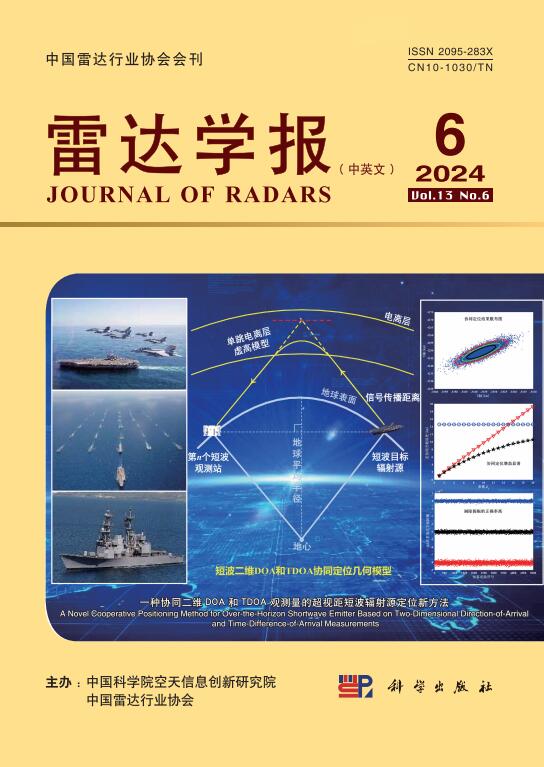





 DownLoad:
DownLoad:
